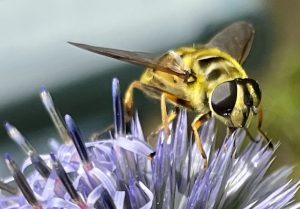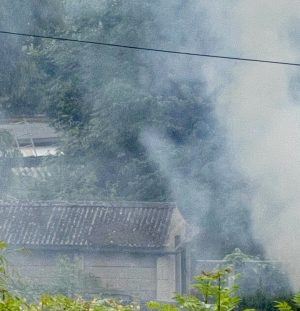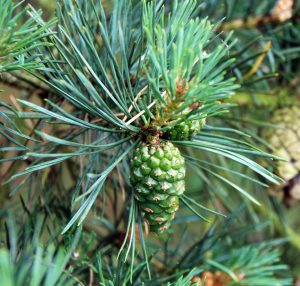Woodland web updates- 8.

Migrating hoverflies.
Hoverflies are important pollinators, plus they also act as important predators of crop pests such as Aphids. Some hoverflies (like the pied and yellow clubbed hoverflies) spend the summer in the U.K. but then fly to the Mediterranean or North Africa come the autumn.
They begin these migrations on sunny days but simply flying towards the sun would take them on a rather long winded route. A study by a research team at Exeter University suggests that they are able to account for the sun’s movement using their circadian rhythm - an internal clock. If the circadian rhythm of the hoverfly is disrupted, then so is its flight path.
Migrating cuckoos.
 Like many other birds, cuckoos are in decline. Some time back, the BTO set up a research unit to learn more about the decline and behaviour of cuckoos. The work of this group has revealed details of the cuckoos’ migration routes and its winter homelands.
Like many other birds, cuckoos are in decline. Some time back, the BTO set up a research unit to learn more about the decline and behaviour of cuckoos. The work of this group has revealed details of the cuckoos’ migration routes and its winter homelands.
Cuckoos have two routes out of the UK :
- They migrate out south west via Spain and Morocco - the WEST route, or
- They take a south east route via Italy and the Balkans (the EAST route) but
Both routes ultimately converge on the Congo Basin in Central Africa.
However, the birds that take the WEST route leave some eight days later than those taken the EAST route, but were more likely to die en route. Most of the mortality of the birds occurs in the European section of the migration path. This may be a reflection of the status of their stop-over sites. Problems might include :
- Habitat change, droughts and wildfires
- Decline in food sources (e.g. large moth caterpillars).
A lot more detail / information on this project can be found here.
VOC’s
 The air around us is a mixture of different gases / particles / and aerosols. An aerosol is itself a ‘mixture’ of very small particles (solid or liquid) in air. These particles can come from a variety of sources :such as volcanoes, cars, trucks and wood fires. Examples of aerosols include
The air around us is a mixture of different gases / particles / and aerosols. An aerosol is itself a ‘mixture’ of very small particles (solid or liquid) in air. These particles can come from a variety of sources :such as volcanoes, cars, trucks and wood fires. Examples of aerosols include
- mist,
- cigarette smoke,
- fires
- volcanoes
- car exhaust fumes.
Some trees and plants also release volatile organic compounds (VOCs), for example Pine trees release alpha-pinene.  Recent research has established that these volatile compounds / vapours are not only responsible for the characteristic scent, but are also important in the formation of aerosols found in the air in and around such woodlands and forests.
Recent research has established that these volatile compounds / vapours are not only responsible for the characteristic scent, but are also important in the formation of aerosols found in the air in and around such woodlands and forests.
Atmospheric aerosols scatter and absorb light, and also influence the formation of clouds, though these processes are not fully understood. Recent research by the University of East Finland has showed that biogenic aerosols (formed from VOCs) can reduce the amount of solar radiation that reaches the earth’ surface. They help scatter the radiation back into space. These biogenic aerosols increase the number of cloud droplets and make the clouds more reflective.
Comments are closed for this post.
